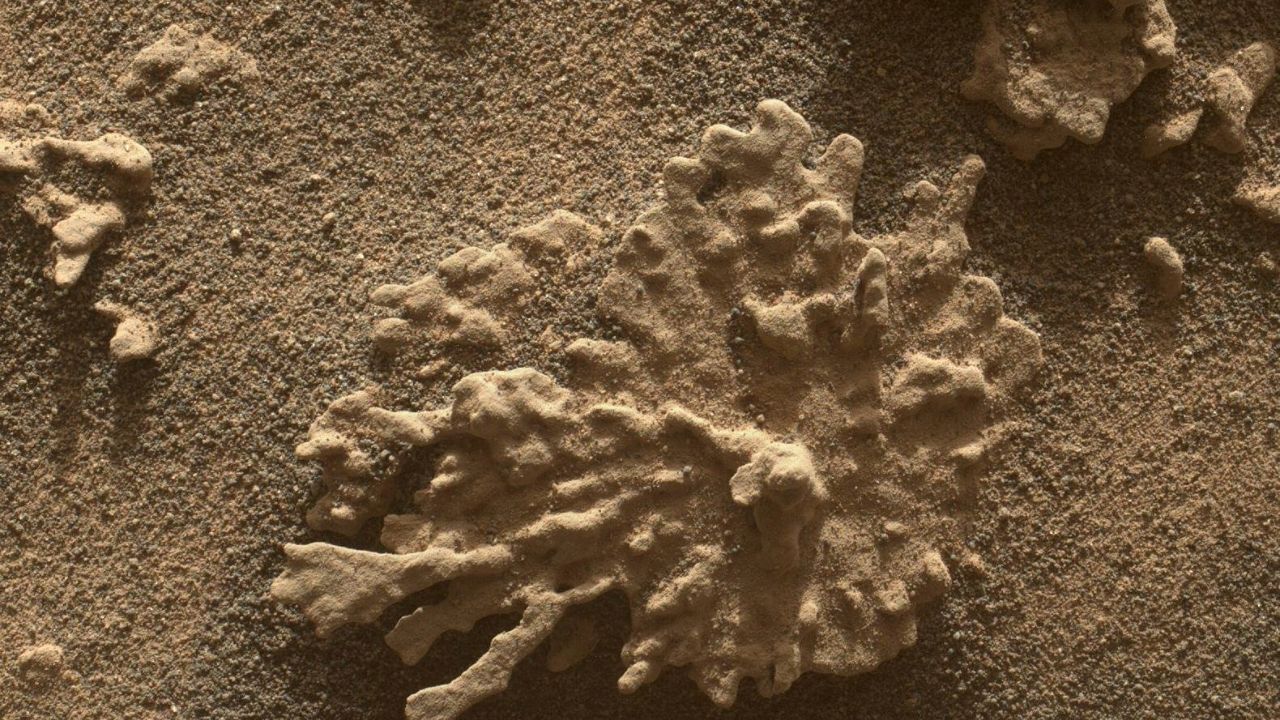NASA’s Curiosity rover is celebrating its 13th anniversary on Mars by continuing to explore the planet’s mysteries while adapting to the challenges of its aging technology. Since its landing in Gale Crater on August 6, 2012, Curiosity has traveled over 22 miles (35 kilometers) and has made significant discoveries regarding Mars’ geological history, including evidence that the planet once contained liquid water and had a thicker atmosphere, conditions that could have supported microbial life.
Despite encountering wear and tear on its wheels and various mechanical issues, the rover has maintained its functionality through innovative engineering solutions. NASA engineers have implemented creative workarounds, remote fixes, and adaptive driving strategies to keep Curiosity operational. Recent software upgrades have enhanced the rover’s autonomy, allowing it to multitask and conserve energy by going into sleep mode earlier when it completes its daily tasks. This advancement is crucial for extending the rover’s scientific mission, as its nuclear power source gradually produces less energy over time.
Reidar Larsen, a flight systems engineer at NASA’s Jet Propulsion Laboratory in California, commented on the rover’s growth: “We were more like cautious parents earlier in the mission. It’s as if our teenage rover is maturing, and we’re trusting it to take on more responsibility.” The rover operates using a multi-mission radioisotope thermoelectric generator (MMRTG), which converts heat from the decay of plutonium into electricity to recharge its batteries. As the plutonium decays, the energy output decreases, complicating the rover’s ability to conduct science each day.
To maximize its remaining energy, engineers have focused on improving Curiosity’s efficiency by combining previously separate activities, such as driving, taking photographs, and transmitting data. By streamlining these tasks, the operational plans for each day have been shortened, which reduces the power required to keep heaters and instruments operational. These adjustments, including trimming just 10 to 20 minutes from daily routines, accumulate over time and significantly extend the rover’s mission capabilities.
Curiosity has recently uncovered a fascinating rock formation resembling coral, dubbed “Paposo.” Captured on July 24, 2025, this two-inch (five-centimeter) rock was photographed using a camera located at the end of the rover’s robotic arm. Scientists believe that Paposo formed billions of years ago when Mars had a much wetter climate. Mineral-rich water likely seeped into cracks in the rock, creating hardened deposits that were later shaped into the delicate coral-like structure by powerful winds.
Currently, Curiosity is exploring a region known for its “boxwork formations,” a network of ridges that likely developed underground through ancient water activity. These geological features are found on the lower slopes of Mount Sharp, a three-mile-high (five-kilometer-high) mountain that Curiosity has been ascending for years.
Overall, NASA reports that Curiosity remains in good health, thanks to intelligent engineering and updated software. The agency stated, “Together, these measures are doing their job to keep Curiosity as busy as ever.” As the rover continues its journey across the Martian landscape, each new discovery contributes to our understanding of Mars and its potential to have hosted life in the past.








































































